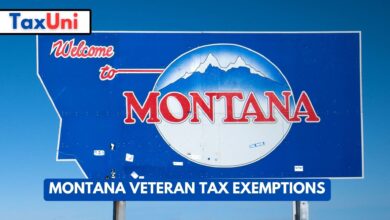Passive Activity Limitation Rules
Passive activity limitation rules are designed to prevent taxpayers from claiming passive losses against active income. This article will cover the Limitation Rules applied to Passive activities.

Passive activity limitation rules are aspects of the tax code that regulate how taxpayers can claim losses from passive activities against their taxable income. These rules can significantly impact taxpayers’ ability to make passive investments in legitimate business ventures. They can also limit the amount of losses a taxpayer can carry to future years. The rules are designed to prevent taxpayers from using passive investment losses to shelter their income.
The IRS defines a passive activity as a trade or business in which the taxpayer did not materially participate. Rental real estate is included in this definition, even if the investor materially participates in it unless the taxpayer is a real estate professional. The IRS uses some factors to determine whether an activity is passive. The most straightforward is the 500-hour test, which states that if a taxpayer works more than 500 hours per year in a particular activity, that activity is not passive.

IRS PAL Rules
The IRS rules that limit the amount of losses a taxpayer can claim from passive activities are based on several factors. The first factor is basis, which includes money or property that the taxpayer contributed to an activity and amounts borrowed against an interest in the property. The second factor is at-risk participation, which includes the time the taxpayer spends on the business and any active income they generate.
The third factor is a taxpayer’s ability to offset passive losses against earned income, which is limited to $3000 per year. However, a taxpayer may be able to bypass this limitation by making a grouping election. This allows multiple activities to be treated as one economic activity and satisfy the material participation test. However, this strategy is complex and requires a careful review of each activity.
Taxpayers with passive income should file Form 8582, Passive Activity Loss Limitations, to determine the limits on their losses. This form lists all the passive activities and their associated losses and transfers any net passive loss to Schedule E. In addition, taxpayers should use this form to report any passive credits they may receive.
The PAL rules are complex and should be evaluated by a qualified real estate CPA. In particular, taxpayers with rental real estate should consider a number of strategies to reduce their passive losses and maximize their tax benefits. They should consider whether to make a grouping election and how to structure their investments. This will help them to meet the material participation test and minimize their passive losses. They also should consider their capital gains and earnings, which can be offset against passive losses and credits.





